Pruning your little crab apple bonsai is interesting and amazing. It’s important to do it at the right time, as it helps your bonsai to be in proper shape.
So, when should you do it? Well, we will find out. You don’t just grab your scissors and snip away.
It would be best if you waited until the tree’s done flowering.
Those little blossoms on your crab apple bonsai need their time to shine.
Once they’re done, you can start trimming. Remember that you’re helping your tree be healthy and happy.
So, move forward, look at it, and learn about the right time for bonsai tree trimming.
This will ensure good and beautiful growth.
Why Should You Prune a Crabapple Tree?
Trimming a crabapple tree is important. It helps the tree stay strong and cheerful.
When you trim, you remove the old and sick branches, which helps the tree grow nicer and look good.
Trimming also prevents the tree from getting sick. A tree with no trim can get sick.
So, it’s best to trim it now and then. This way, your tree stays healthy and happy.
Don’t forget that trimming is important for every tree to have a better shape. Your tree will thank you with pretty blooms and green leaves.
Keep it up; you’ll have a lovely tree in your garden.
When Should You Prune a Crabapple Tree?
It would be best if you pruned your apple bonsai in the spring.
This timing lets you see which branches need to be trimmed without stressing the tree during its dormant period.
Avoid pruning in the winter as the cold can harm the tree, and summer might interfere with its growth.
Spring offers the perfect balance, allowing your apple bonsai to recover and flourish beautifully after trimming.
It’s advisable to prepare your tools as the season changes and approach your apple bonsai trimming with care.
Ensure you only cut the necessary parts to remove any unhealthy or awkwardly growing branches.
A well-timed trim helps maintain the tree’s shape and health.
Interested in learning more? Discover how to properly care for your crab apple tree to ensure it remains healthy and vibrant.
How to Prune a Crabapple Tree
Trimming plants is simple when you have the right tools. To start, grab some sharp scissors or shears.
Trim the branches that seem unwell or are crossing each other. Don’t trim a lot, just the parts that look bad.
Cut close to where one branch meets another. This makes it easier for the plant to get better.
If you’re unsure, you can ask a friend to help you.
Think of pruning as giving your plant some attention. In return, it will provide you with pretty flowers and tasty fruits.
Varieties of Crab Apple
1. Malus Halliana
Malus halliana, which people often call the Hall crab apple, is a great pick for bonsai enthusiasts.
This small tree has pretty white flowers in spring and small apple-like fruits in the fall.
To keep it strong, trim it in late winter or early spring before new leaves start growing.
This helps it stay small and produce more lovely flowers. You can also put it in a sunny spot and water it well.
2. Malus ‘Golden Hornet
The ‘Golden Hornet’ crab apple is great for people who like bonsai.
It has pretty yellow fruits in the fall that make your bonsai look nice and colorful. To make it look better, cut it in late winter or early spring.
Take off any branches that are dead or cross over each other. This will make it look even better.
This tree is a good choice for bonsai lovers who want something easy to care for.
3. Malus floribunda
The Malus floribunda, or Japanese flowering crab apple, is a lovely bonsai choice.
People like it because it has many pink or red flowers in the springtime.
To keep it looking nice, you should cut it in late winter before it starts growing new leaves.
When you trim it, make sure to cut near the buds that are facing away from the middle. This helps it stay in good shape and look very pretty.
Caring for this little tree is fun and makes your garden more beautiful with its colorful flowers.
The Perfect Spot for Your Crabapple Bonsai
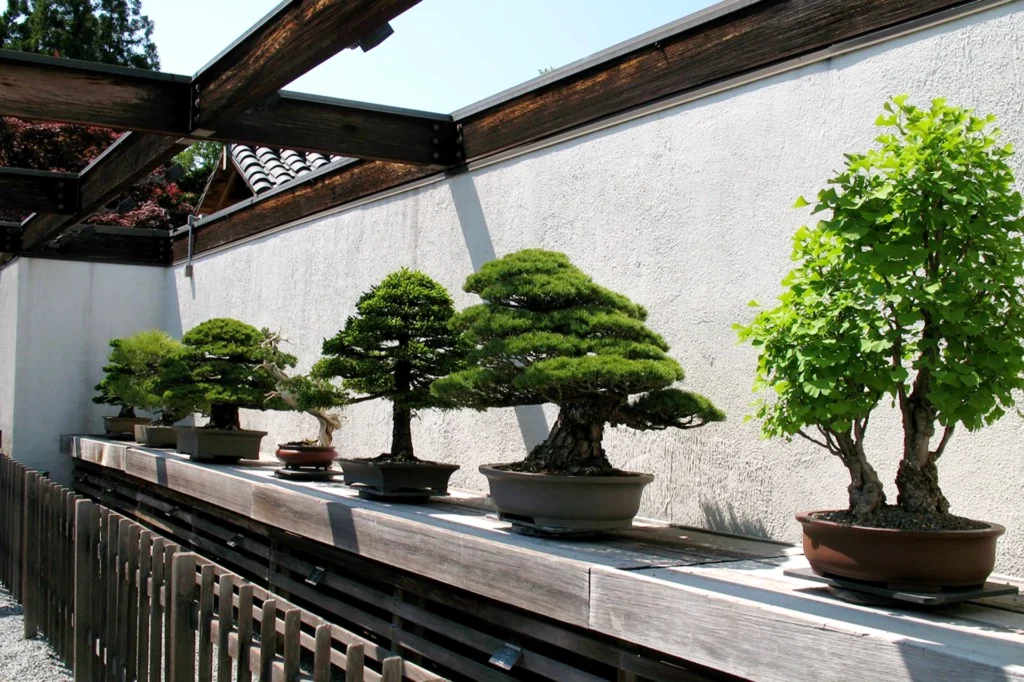
If you want a small crabapple tree, think about getting a bonsai. Bonsais are little trees that are adorable and not hard to look after.
Put your crab apple bonsai by a sunny window. Water it when the dirt seems dry, and you’ll have a small tree to like.
Bonsais are a fun way to have a tiny tree in your home. They don’t need much space and make your place look more beautiful.
You can put them in a small pot and place them where the sun comes in. Remember to give them some water, but don’t overdo it.
These little trees are great to have and easy to take care of. So, if you want a tiny crabapple tree, try a bonsai.
Conclusion
Making your little crabapple tree look nice is simple and fun.
It would be best to do this in late winter or early spring before new leaves come out.
Doing it then doesn’t damage the tree too much, and it helps it grow strong and pretty.
If any branches cross or look sick, snip them off. But don’t cut too much. A little trim is good.
So, take your scissors when the winter winds disappear, and the sun comes out.
Give your crab apple bonsai a little trim, and it will say thank you with pretty leaves and lovely flowers in the spring.
Keeping it simple will make your bonsai a happy plant to watch and care for. It’s easy and enjoyable.

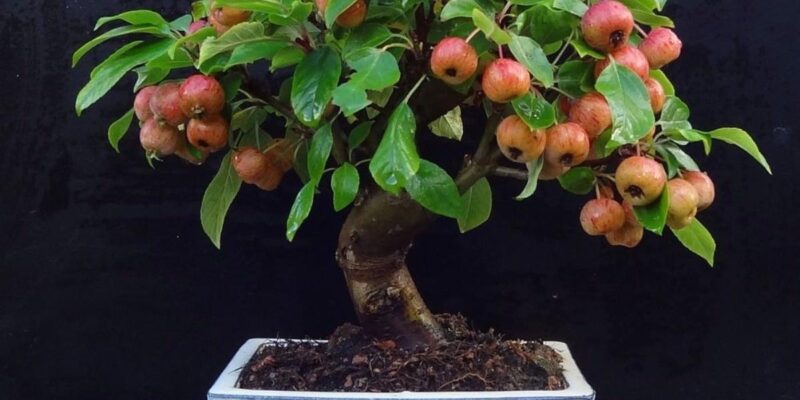
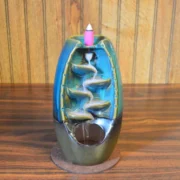
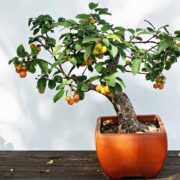
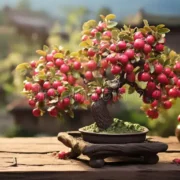
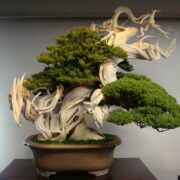
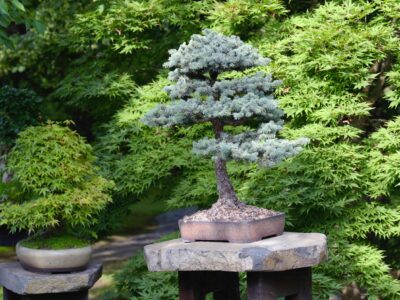
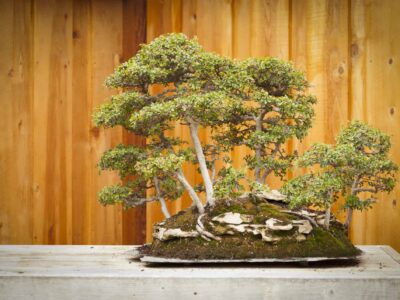
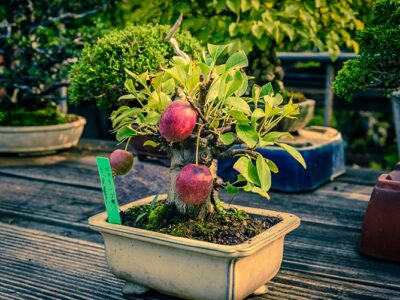
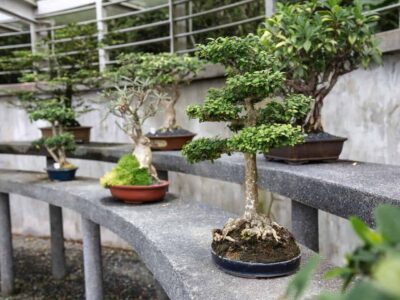
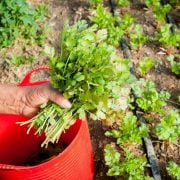



Comments